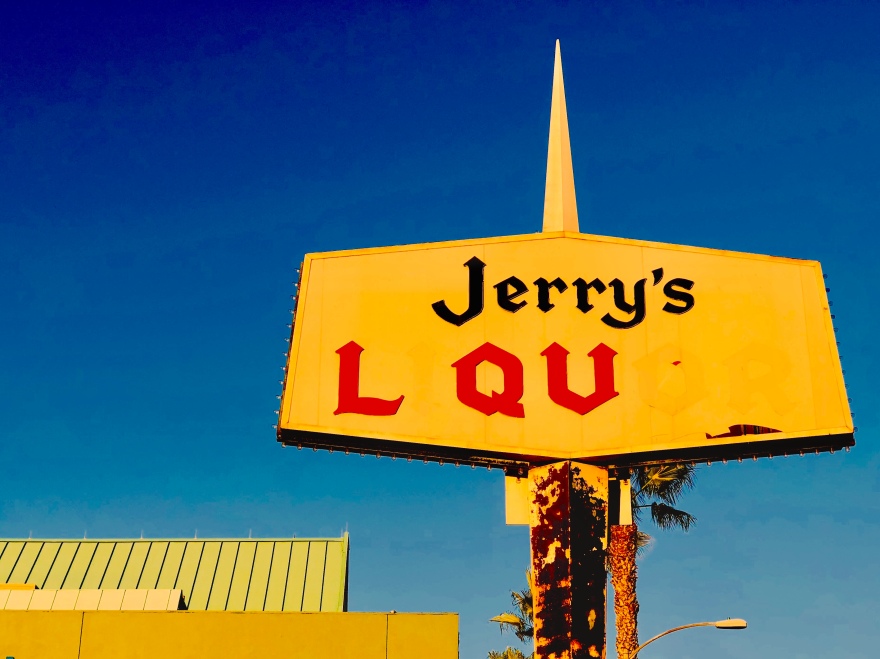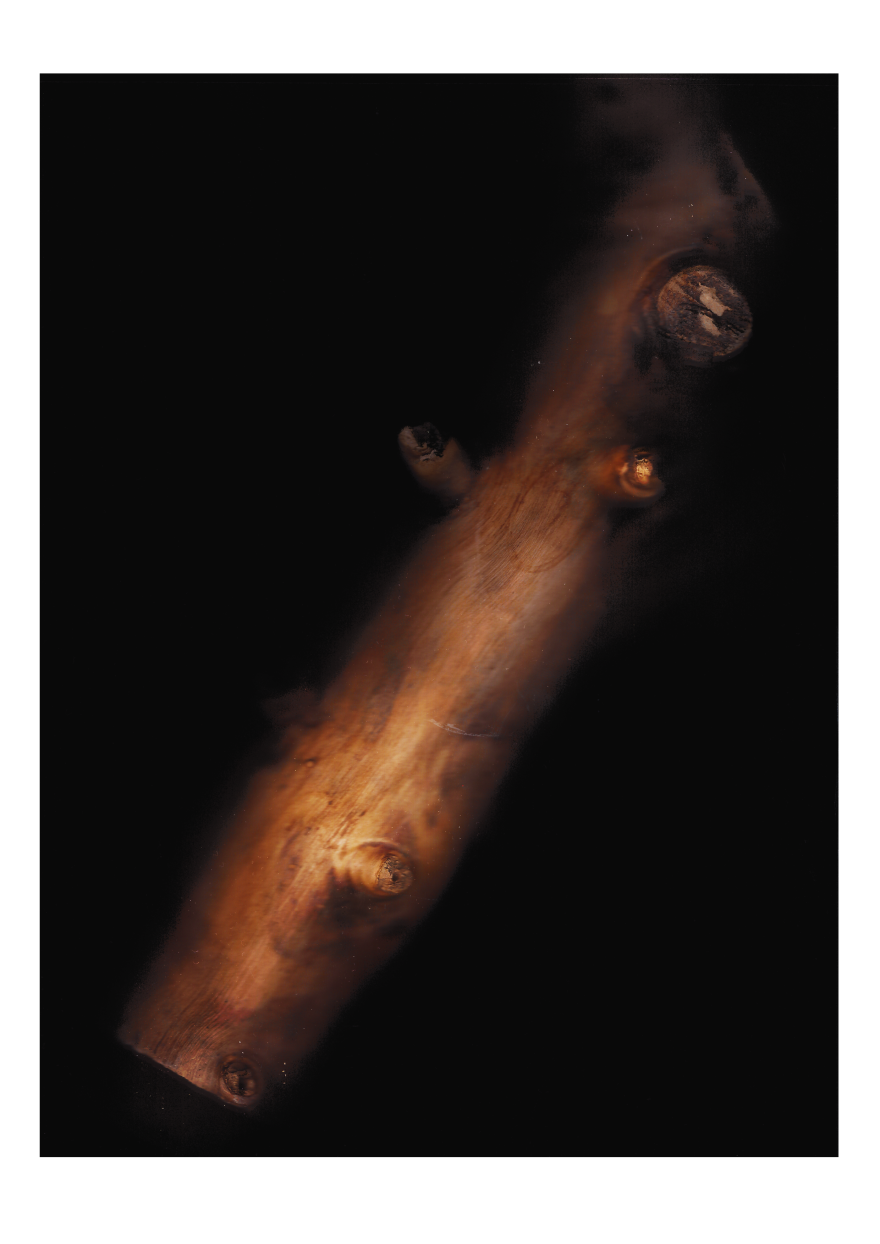The premise is an interesting one: Robert Redford, handsome aging scientist, has discovered that there is some other place we go when we die. This has caused the world’s suicide rate to skyrocket as people try to “get there” or “relocate.” The film does a nice job of creating the feeling a world that has been emptied of people, but I’m not convinced the numbers quoted for the suicide rate match up. The film is almost entirely devoid of other people.
I’m all for a good metaphysics/science fiction mashup (meta-phy sci-fi?), but this one just never quite gets there. For the life of me, I can’t see why I should empathize with another mopey white guy, though occasionally myself traipsing about as one. Which makes one wonder: are moping and traipsing mutually inclusive activities? Or can one happily traipse, or be mopey and frolic? These and other not-quite-interesting-but-still-more-interesting-than-the-plot-of-this-film thoughts go through one’s mind during the washed out, understated to the point of should-have-just-not-stated-it, film.
This for a film that ultimately bills itself as a love story. One wonders if it is the love story that holds the premise back from being all it could be, or if the writers never quite grasped the potential of the premise and just made a gimmicky love story? It’s a chicken-and-egg problem that compels one to opt for the fish instead.
Final verdict: Perpetual Dimming of the Clouded Brain.
Watch instead: What Dreams May Come (1998), HBO’s The Leftovers, Eternal Sunshine of the Spotless Mind
Read instead: Journey of Souls by Michael Newton, PhD. It’s an account of a hypnotic regression therapy revealing accounts of past lives, and experiences between lives. It’s interesting and haunting regardless of whether one believes it or not.






